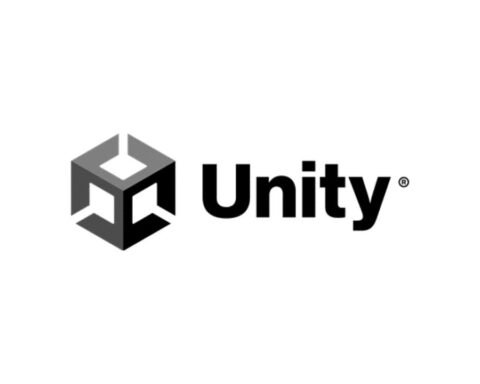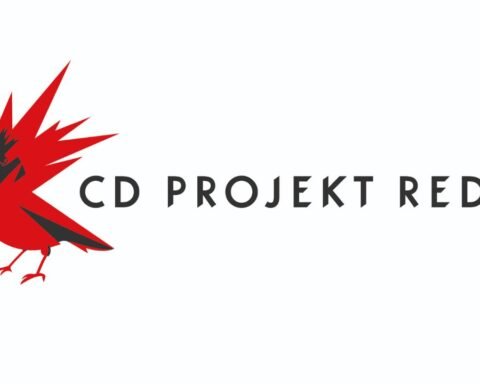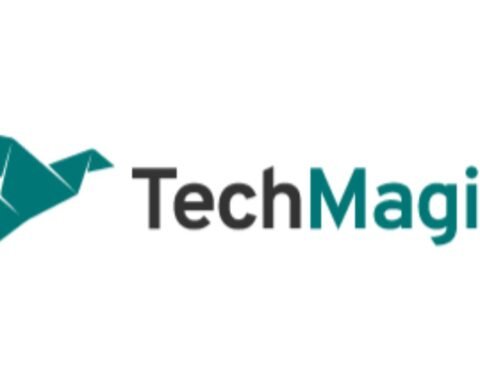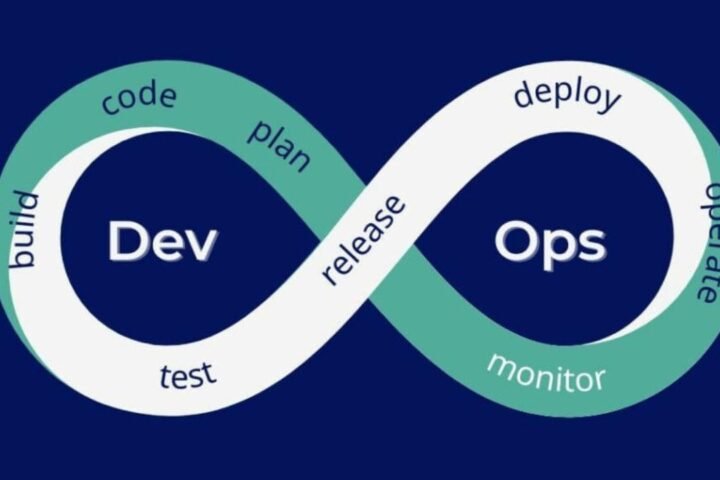U.S.-based tech giants including OpenAI, Google, and Meta—whose significant investments in computing power, advanced chips, and talent have set the pace for innovation—have long dominated the global artificial intelligence (AI) scene. But a fresh competitor from China has surfaced from China, subverting this quo with extraordinary efficiency and ambition. With its improved R1-0528 reasoning-oriented AI that rivals the capabilities of industry leaders like OpenAI’s o3 and Google’s Gemini 2.5 Pro, Hangzhou-based AI startup DeepSeek has made news. Published subtly on May 28, 2025, R1-0528, which combines cost-efficiency, open-source accessibility, and competitive performance, marks China’s audacious entry into the AI race on the Hugging Face platform. The path of DeepSeek, the technical mastery of R1-0528, its consequences for the worldwide AI market, and the larger geopolitical and technological background motivating this breakthrough are investigated in this paper.
The Dawn of DeepSeek
Founded in July 2023 by Liang Wenfeng, a former hedge fund manager and Zhejiang University alumnus with a background in information and electronic engineering, DeepSeek sprang from an unusual source: High-Flyer Capital Management, a quantitative hedge fund known for using artificial intelligence to examine financial data. Originally starting High-Flyer in 2015, Liang turned to artificial intelligence research using a stockpile of Nvidia A100 chips—acquired prior to U.S. export bans tightened in September 2022—to start DeepSeek. Rooted in scientific curiosity rather than immediate commercial gain, the company’s goal was to investigate artificial general intelligence (AGI), a type of artificial intelligence able of surpassing humans in many roles. Unlike China’s tech behemoths, including Baidu, Alibaba, and ByteDance, DeepSeek runs independently with an eye toward long-term research and hiring fresh talent from top universities like Peking and Tsinghua, many of whom are recent PhD graduates eager to contribute.
DeepSeek first became well-known in December 2024 with its Open-Source Large Language Model (LLM), DeepSeek-V3 model, praised for efficiency and next-generation capability. But the January 2025 release of the original R1 model rocked the tech industry since it went viral worldwide and questioned presumptions regarding the resources required for innovative artificial intelligence. Published on May 28, 2025, the revised R1-0528 has since raised DeepSeek’s profile and positioned it as a major competitor to Western AI leaders and started discussions on cost, innovation, and industry future.
R1-0528: Technical Advancements
Though it marks notable improvements in reasoning, inference, and dependability, the R1-0528 model is a “minor version upgrade” of its predecessor. DeepSeek’s Hugging Face post claims the model improves depth in challenging tasks, reaching performance on par with OpenAI’s o3 and Google’s Gemini 2.5 Pro. Benchmark results show its strengths. Deeper reasoning and a rise in tokens per query from 12,000 to 23,000 drove accuracy on the AIME 2025 math test from 70% to 87.5%. Tokens—words or punctuation—let the model process more context, so enhancing its handling of mathematics, programming, and general logic. For tasks including rewriting, summarizing, and creative writing—including essays and novels—a 45-50% decrease in hallucinations—false or misleading outputs—makes R1-0528 more reliable.
To simplify integration into applications, DeepSeek also brought useful improvements for developers including support for JSON output and function calling. Front-end coding capabilities have advanced, and the model shines in “vibe coding,” in which natural language cues guide code production. Published under the MIT License, R1-0528 is a free, open-source, customizable tool that let developers run it on private servers under data control. Distilled from the complete model, a smaller variant DeepSeek-R1-0528-Qwen3-8B performs state-of-the-art among open-source models, outperforming Qwen3-8B by 10% on AIME 2024 and matching larger models like Qwen3-235B-thinking, all while requiring modest hardware (e.g., a single NVIDIA RTX 3090 with 16 GB VRAM).
DeepSeek’s approach avoids the need for large and costly infrastructure by using algorithmic optimization and more computational resources at post-training. Unlike American companies depending on premium Nvidia H100 GPUs, DeepSeek navigated U.S. export restrictions to innovate effectively using older, lower-power Nvidia H800 GPUs. This inventiveness emphasizes a major theme: China’s AI industry, under sanctions, is transforming constraints into strengths, so subverting the belief that scale by itself drives development.
Competitive Effect and Market Impact
R1-0528’s publication has rippled over the AI scene, sharpening rivalry with OpenAI and Google. With discounts during off-peak hours, its open-source character and low cost—priced at $0.14 per million input tokens and $2.19 per million output tokens—contrast sharply with the rate-limited or paid models like OpenAI’s o3 and Google’s Gemini 2.5 Pro. Particularly in resource-limited areas like the Global South, this accessibility democratizes advanced artificial intelligence, so enabling independent developers, startups, and researchers. Google responded with discounted access levels and OpenAI started an o3 Mini model with lower compute requirements, implying a possible price war.
Early R1 releases from DeepSeek in January 2025 already upset markets, wiping billions from American tech stocks including Nvidia, Microsoft, and Broadcom as investors worried about China’s explosive catch-up. With posts on X and reports from sites like Reuters and VentureBeat noting its nearly perfect with top models, the R1-0528 upgrade enhanced this. Now offering R1, stripped of Chinese server ties for data security, cloud providers like AWS and Microsoft Azure further extend their influence. Tian Feng, a former SenseTime dean, pointed out that DeepSeek’s approach not only questions Western supremacy but also redefines development guidelines since it emphasizes cost efficiency and open-source approach.
Geopolitical and Regulating Aspects
The rise of DeepSeek takes place against a hostile U.S.-China tech competition. Aimed to limit access to chips like Nvidia’s A100 and H100, U.S. export restrictions on advanced semiconductors, strengthened under the CHIPS Act, sought to stop China’s AI development. Still, DeepSeek’s A100 stockpile and deft use of H800s expose the limits of these policies. Critics, including Nvidia CEO Jensen Huang, have challenged the presumption that China cannot innovate without top-notional chips, a view R1-0528 supports. This success drives discussions on unintended consequences since Chinese companies like Tencent and Baidu also maximize their models to avoid limitations.
R1-0528 is under criticism, though, for censorship. Tests by developers such as “xlr8harder” on X revealed it avoids politically sensitive issues, such the Tiananmen Square massacre or Xinjiang internment camps, often aligning with Beijing’s stance. This reflects China’s legislative environment, in which a 2023 law forbids AI content that “damages the unity of the country and social harmony,” and models under internet regulator scrutiny to uphold “core socialist values.” Although some see this as a surface-level filter, it begs ethical questions that lead the U.S. Navy to forbid DeepSeek apps due to security and ethical risks and the National Security Council to evaluate their ramifications.
Greater Consequences and Future Direction
R1-0528 by DeepSeek marks a paradigm change in artificial intelligence evolution. Its emphasis on test-time computing—which lets the model “think” longer, from tens of seconds to more, for better answers—fits patterns in thinking models like OpenAI’s o1. This combined with pure reinforcement learning to bootstrap reasoning from scratch points to strong artificial intelligence emerging with less human-labeled data and reduced costs. Comparatively to OpenAI’s $100 million for GPT-4, DeepSeek questions the “bigger is better” mantra at a reported $6 million to train V3 (a precursor to R1), echoing innovations like DeepMind’s AlphaZero, which mastered chess and Go through self-play.
Success of the model has more general consequences. Its open-source MIT License encourages cooperation and customizing for researchers and startups, so perhaps speeding worldwide innovation. Geopolitally, it challenges U.S. supremacy and forces companies like Meta to examine DeepSeek’s approaches for efficiency gains, so highlighting China’s rising AI capability. Still, there are questions about intellectual property since claims from OpenAI, reported by Bloomberg and The Guardian, indicate DeepSeek may have distilled knowledge from OpenAI models. DeepSeek has not responded, but such assertions highlight the intense competition still to come.
Looking ahead, DeepSeek makes hints about R2—originally scheduled for May 2025 but postponed to R1-0528. Should this trend continue, China may close the AI gap faster than predicted, creating a multipolar environment of rival centers instead of U.S. dominance. This competitiveness might inspire creativity, cut expenses, and help consumers all around. Still, it also runs the danger of raising tensions since people like Donald Trump refer DeepSeek as a “wake-up call” for Silicon Valley.
Finally,
Rising to challenge OpenAI and Google with a mix of efficiency, open-source accessibility, and innovative thinking, DeepSeek’s R1-0528 is evidence of China’s audacious ambition in artificial intelligence. Inspired by the vision of a hedge fund, it challenges U.S. export restrictions by using small hardware and intelligent algorithms to reach almost parity with top models. Its influence marks a new era: it is upsetting markets, democratizing artificial intelligence, and questioning Western dominance. Still, censorship and ethical questions limit its promise, mirroring the complicated interaction among geopolitics, policy, and technology. R1-0528 marks a turning point as DeepSeek advances toward artificial general intelligence redefining the AI race and inviting the world to see what’s next.
























